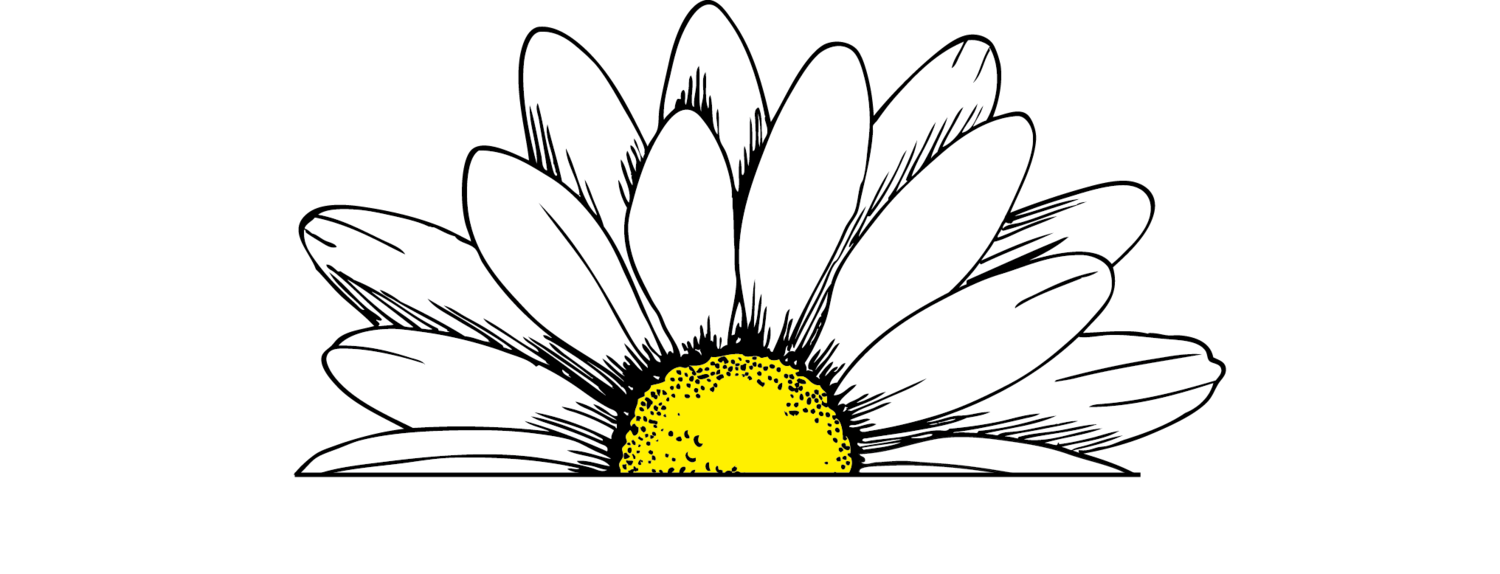Life Below Our Feet
A STORY OF THE LITTLE CREATURES WE NEVER SEE
My wife and I raised a family on the west side of Traverse City, a stone’s throw from where I grew up as a kid. I walked my four children to grade school through the same forest I walked as a child. It’s a maple, beech, hemlock forest and I taught them how to identify a tree by the type of bark. Among the many conversations through the forest, autumn always brought the question, “where do all the leaves go”? We noticed between autumn drop, when the kids were kicking through knee high leaf litter and spring, the forest floor had returned to normal leaf thickness. I would tell them of little creatures in the ground, hard at work all winter long using leaves for food. I explained how worms would keep warm in the winter by pulling leaves down to wrap themselves in a leafy sleeping bag. Yes, this is a stretch of the imagination, but I wanted to help them visualize the unseen little creatures of the forest and life below their feet.
Where does leaf litter go? It seems the forest would eventually be choked by the seasonal drop. Billions of bacteria, fungi, and numerous other creatures live in the soil, most unseen with the naked eye. Soil microbes – little creatures, love carbon & sugars trapped in fallen leaves that, when broken down, feed roots during the coming season. During the summer, leaves capture sunlight, CO2, and water from the atmosphere and suck up nutrients from roots, to make food for the trees. This process, called photosynthesis, releases oxygen to the atmosphere and the microbe/root relationship is a part of the process. If you enjoy composting you know it takes a lot of leaves and kitchen scraps to make a little compost. The same is true of a forest. Here we have a beautiful recycling system where the forest is kept in balance. Instead of mountains of leaves, soil biology feeds both little creatures, plants, releases oxygen and sequesters carbon.
Although most of us don’t live in a forest, we do grow plants that cycle through the seasons. Leaves from trees and shrubs, or dead plant parts from our gardens are all food for the little creatures. Although some of us can’t leave it on the ground because of community regulations, or the need to be tidy, some of us can – and we should consider doing so. Those who cannot, should compost the litter and use for mulch and fertilizer. Captured in the compost is nitrogen, the building block for all living things. The only way nitrogen becomes available to plants is through the microbe/root relationship that releases to the roots only what the plant’s needs are. Too much nitrogen in the leaves is a “dinner bell” for feeding insects. Another function of a healthy soil is having fungi searching for food far away from the roots and bringing it back. This is food otherwise lost to the plants.
A simple solution for healthy plants is good compost. A garden with ample compost requires less watering and the nutrients are delivered to the plant as needed. Your vegetables will taste better and be more nutritious, your flowering plants will thrive, making gardening enjoyable. Compost gives back to the soil and in turn we are more enriched.
